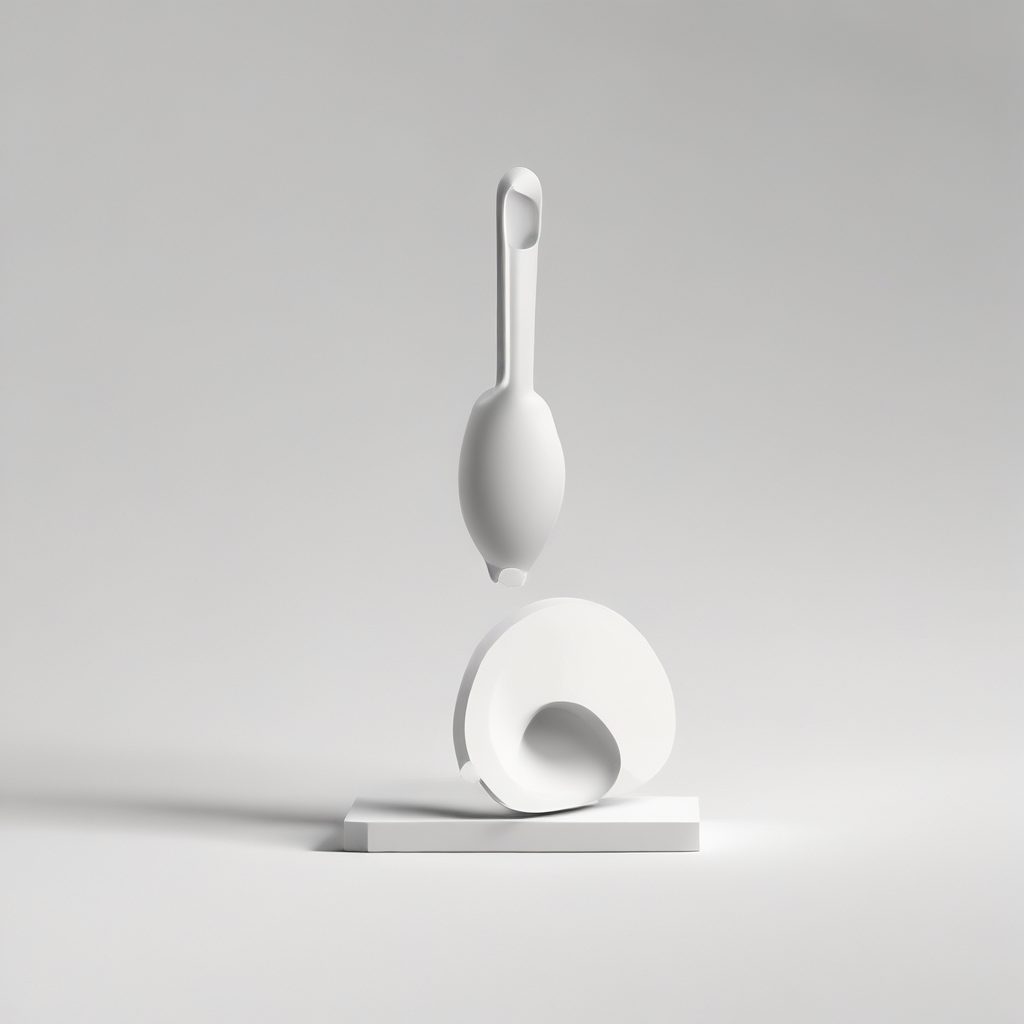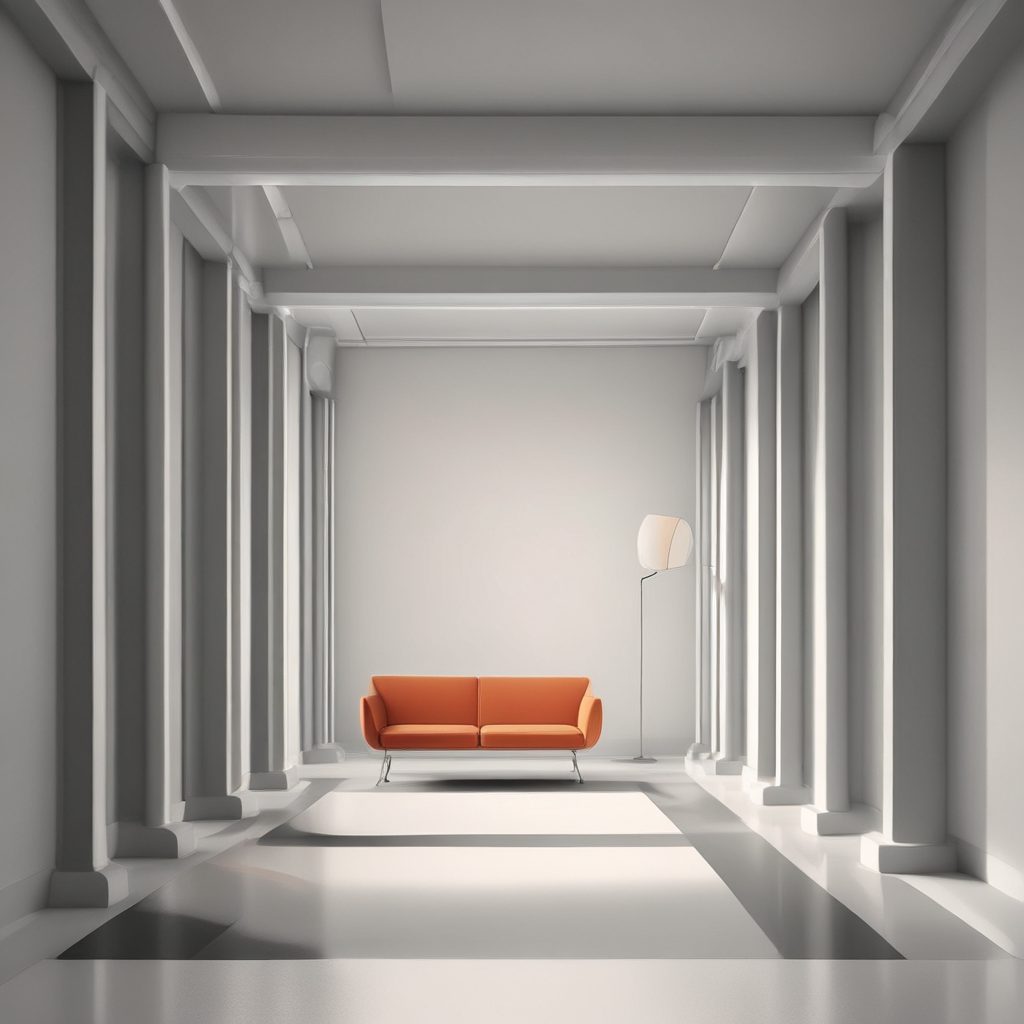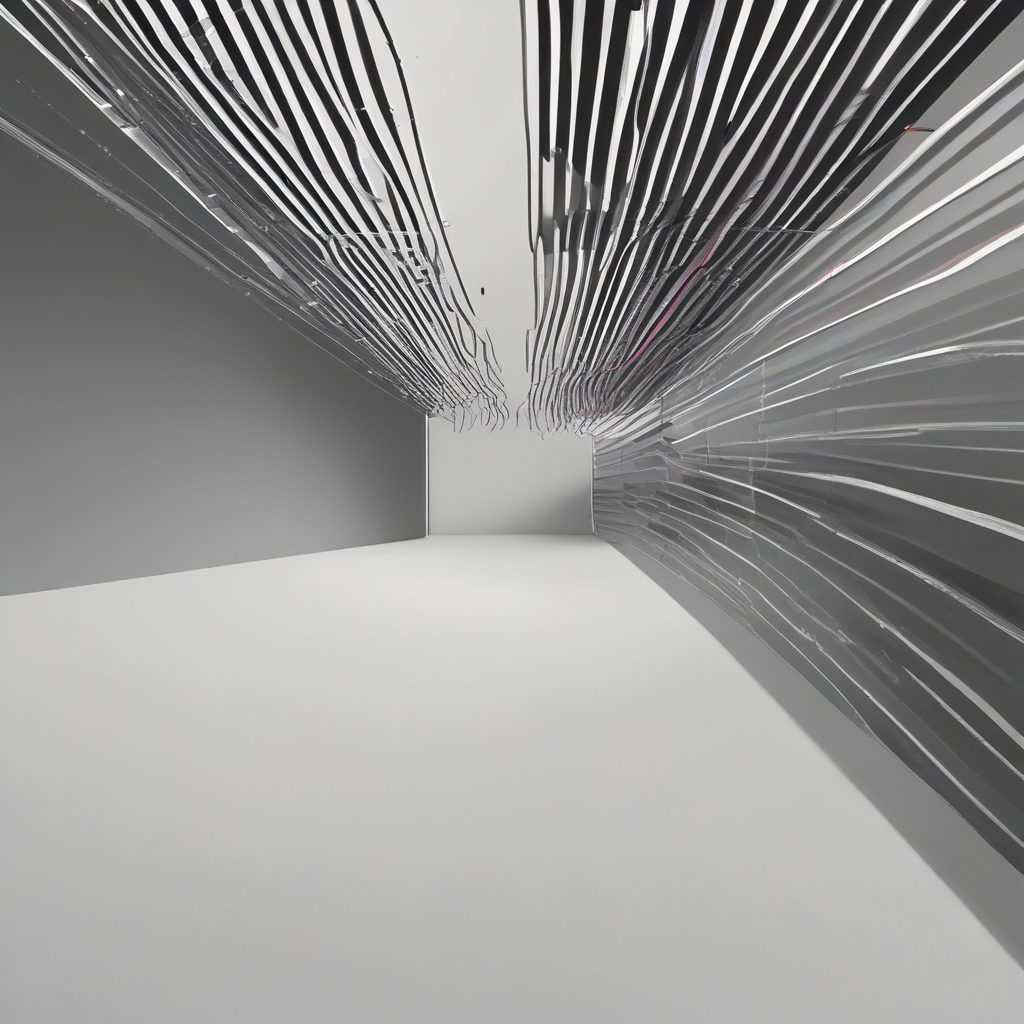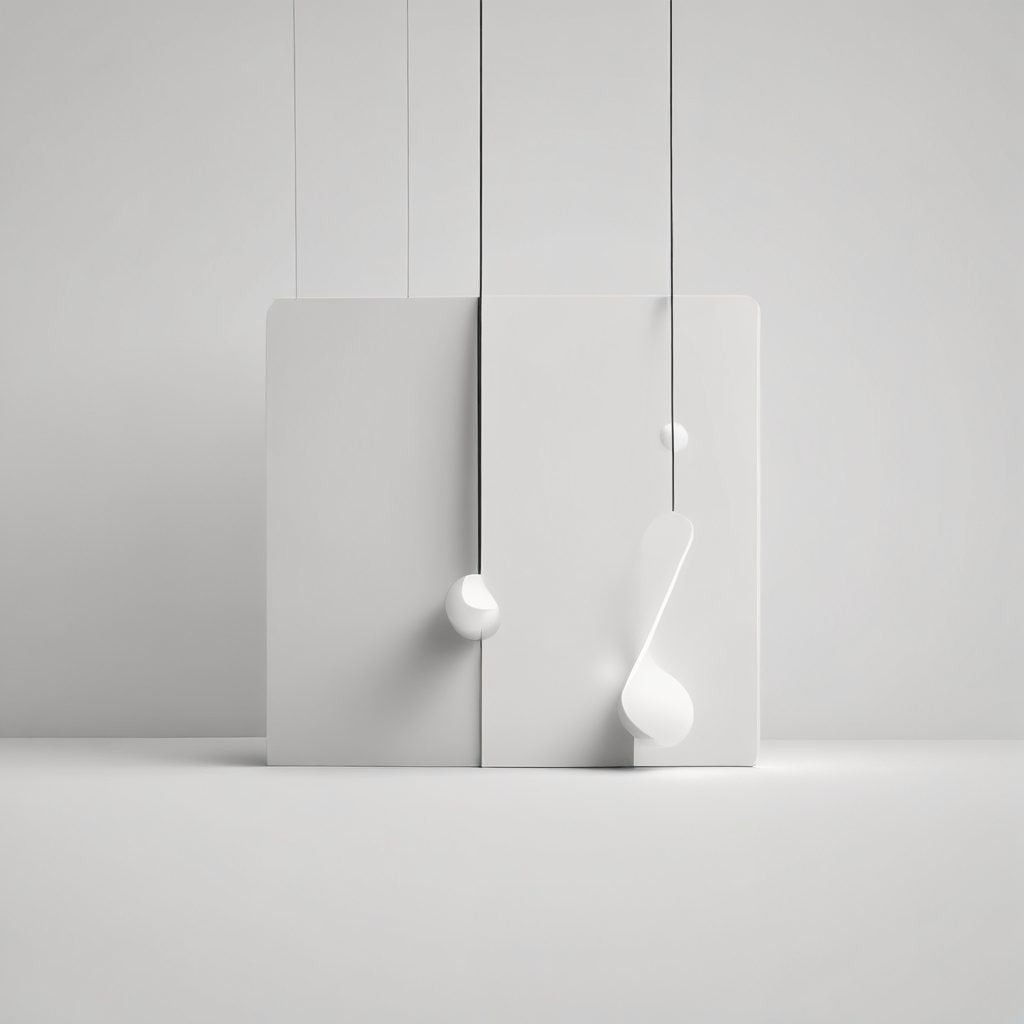
Balancing Bold Colors and Neutrals in Kitchen Design
In the world of interior design, the kitchen is often considered the heart of the home. It’s a space where functionality meets aesthetics, and the choice of color plays a crucial role in setting the tone. Balancing bold colors with neutrals in kitchen design can create a harmonious and visually appealing environment. This article explores the art of combining these elements to achieve a stunning kitchen space.
The Psychology of Color in Kitchen Design
Color psychology is a powerful tool in interior design, influencing mood and perception. Bold colors, such as vibrant reds, deep blues, and rich greens, can energize a space and stimulate appetite. According to a study by the University of Winnipeg, colors like red and yellow can increase heart rate and evoke feelings of warmth and excitement, making them popular choices for kitchens.
On the other hand, neutral colors like whites, grays, and beiges provide a calming backdrop that can balance the intensity of bold hues. Neutrals are versatile and timeless, offering a sense of stability and sophistication. A survey by the National Kitchen and Bath Association found that 67% of designers prefer using neutral tones as a base, allowing for flexibility in accent colors and decor.
Creating a Focal Point with Bold Colors
Incorporating bold colors into a kitchen design can be done effectively by creating a focal point. This could be a statement wall, a vibrant backsplash, or colorful cabinetry. For instance, a kitchen with predominantly neutral tones can be brought to life with a bold, cobalt blue island. This not only adds visual interest but also draws attention to the central hub of the kitchen.
Interior designer Sarah Richardson suggests, “A bold color can act as an anchor in a room, providing a sense of direction and focus.” By strategically placing bold colors, homeowners can highlight specific areas of the kitchen, making them stand out while maintaining overall harmony. This approach allows for creativity without overwhelming the space.
Balancing Bold and Neutral Elements
Achieving balance between bold and neutral elements requires careful consideration of proportions and placement. A common strategy is the 60-30-10 rule, where 60% of the space is dominated by a neutral color, 30% by a secondary color, and 10% by an accent color. This method ensures that bold colors enhance rather than overpower the design.
For example, a kitchen with white walls and countertops (60%) can incorporate gray cabinetry (30%) and bright yellow bar stools (10%) as accents. This balance creates a cohesive look that is both dynamic and inviting. As designer Nate Berkus notes, “The key to using bold colors is restraint. Let them shine in small doses against a neutral backdrop.”
Practical Considerations and Maintenance
While bold colors can add vibrancy to a kitchen, they also require more maintenance than neutrals. Darker shades may show fingerprints and smudges more easily, necessitating regular cleaning. It’s important to choose durable, easy-to-clean materials for high-traffic areas like countertops and backsplashes.
Neutrals, on the other hand, are more forgiving and can hide wear and tear better over time. They also offer greater flexibility for future updates. As trends evolve, homeowners can easily swap out bold accents without the need for a complete overhaul. This adaptability makes neutrals a practical choice for long-term kitchen design.
Case Studies: Successful Kitchen Designs
Several successful kitchen designs illustrate the effective use of bold colors and neutrals. One notable example is a modern farmhouse kitchen that combines white shiplap walls with navy blue cabinetry and brass fixtures. The bold cabinetry serves as a focal point, while the neutral walls and natural wood elements create a warm, inviting atmosphere.
Another example is a contemporary kitchen featuring sleek gray cabinets paired with a vibrant red backsplash. The contrast between the cool gray and the fiery red adds depth and character to the space. These case studies demonstrate how thoughtful color choices can transform a kitchen into a stylish and functional area.
Conclusion: Finding Your Perfect Balance
Balancing bold colors and neutrals in kitchen design is an art that requires creativity and precision. By understanding the psychology of color, creating focal points, and maintaining balance, homeowners can achieve a kitchen that is both beautiful and functional. As trends continue to evolve, the timeless appeal of neutrals combined with the excitement of bold colors will remain a popular choice for those looking to make a statement in their home.
Ultimately, the perfect balance is one that reflects personal style and meets the practical needs of the household. Whether you prefer a subtle touch of color or a bold statement, the key is to create a space that feels welcoming and uniquely yours.




 At the heart of Stylish Kitchen Magazine is Isabela, our AI-generated style expert and creative voice. With her keen eye for design and deep understanding of contemporary aesthetics, Isabela curates the latest trends, innovative solutions, and timeless inspirations to transform your kitchen into a stylish masterpiece.
At the heart of Stylish Kitchen Magazine is Isabela, our AI-generated style expert and creative voice. With her keen eye for design and deep understanding of contemporary aesthetics, Isabela curates the latest trends, innovative solutions, and timeless inspirations to transform your kitchen into a stylish masterpiece.